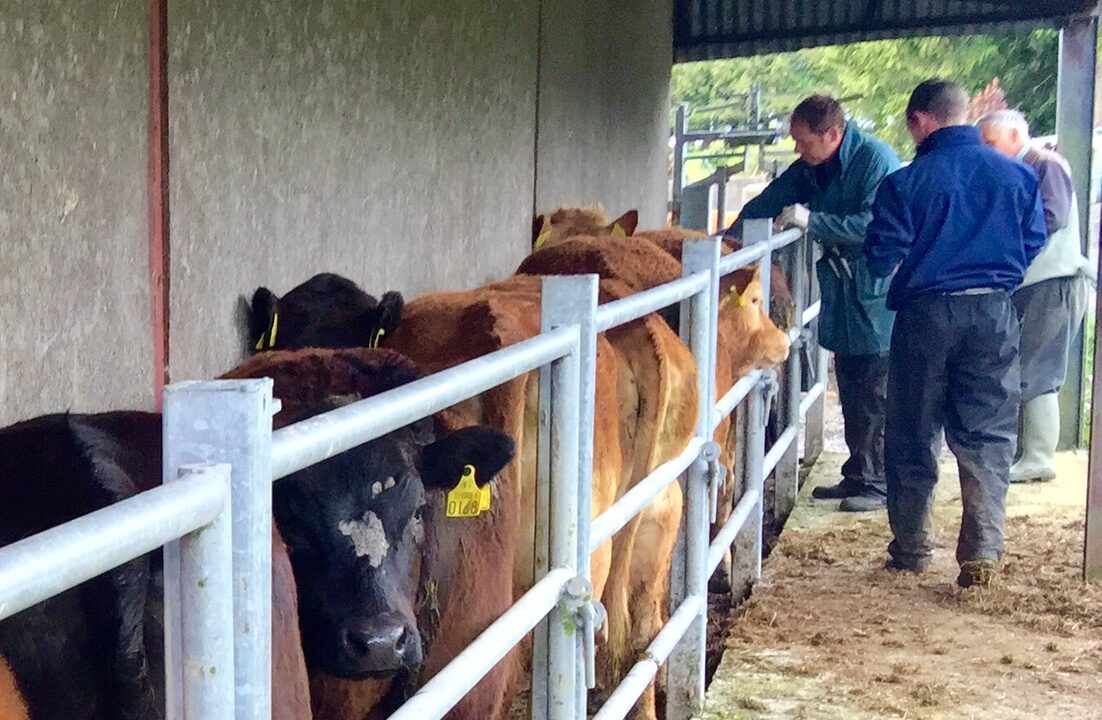TB’s advance appears to be slowing in Northern Ireland. Despite a slight increase in the region’s latest figures, the disease’s incidence rate still sits lower than just a few months ago.
Government data for February – the latest month to be made publicly available – showed the region’s herd incidence sat at 9.54%; an increase of less than a quarter of a percent.
It follows two consecutive months where herd incidence dropped and means the 12-month rolling herd incidence now sits lower than the 2017 average.
In December, 12-month rolling herd incidence dropped to 9.61%, down from 9.73% in November. It slipped further again to 9.41% the following month.
Herd incidence measures the number of new reactor herds over the last 12 months as a proportion of the total number of herds which have been tested over the same time span.
It marks the first time in around two years that the rate has dropped or slowed for three months in a row and comes as the department gets ready to release its TB action plan.
The same month, the number of individual TB reactor animals also dropped by more than 100.
Levels of the disease peaked in November 2017 – hitting its worst rate since mid-2003.
Challenges
Many farmers have been calling for wildlife intervention – likely to take the form of some kind of targeted cull or vaccination programme – arguing that current measures on cattle are only tackling half of the problem.
However, with many small herds, the region faces serious challenges in controlling the now well-established disease.
A typical 3km radius zone here could contain up to 10 times as many farms compared to a zone the same size in England.
The level of movement also proves to be a large obstacle.
Figures shared at the Agri-Food and Bioscience Institute (AFBI) Scientific Outlook documented 21.9 million movements for 6.2 million cattle over the last 10 years in the region.
It has also been alleged that some owners of TB reactors have been swapping infected animals’ tags in a bid to retain the infected animal.
Changes to legislation overseeing TB testing protocol proposed should make this almost impossible; however, the changes cannot be made law without a minister in place.

